Warships during the International Fleet Review 2016 in the Bay of Bengal. An Indian Navy photo
By Ritu Mousumi Tripathy
As the 21st century progresses, the world is witnessing more of maritime conflicts, mostly concentrated in the Asia-Pacific region. While the heart of the dispute lies in the South China and East China Sea regions, involving many littoral states entangled in bitter spat over maritime territory and its natural resources, another area that is gaining increased attention in recent times is the Indian Ocean Region (IOR).
All the leading powers of Asia -- China, Japan and India -- as well as world arch rivals Russia and the United States have been realigning their military strategies so as to bring the Asia-Pacific region into their ambit.
While the US unveiled its "Pivot to Asia" doctrine way back in 2012, envisaging that 60 per cent of its troops, including strategic naval assets, would be deployed under its Navy's Pacific Command with a focus on East/South Asia, the Russian Federation for its part, announced a new naval doctrine in July 2015, wherein it highlighted its friendly ties, in particular with China, and other countries in the Pacific as the cornerstone of its new maritime policy.
The Russian move came amidst the ongoing conflict in Ukraine as also the post-World War II military doctrinal shift by Japan, allowing Tokyo to redefine its position in the increasingly roiled Asia-Pacific region.
Coming back to the flash point of all the maritime disputes in the Asia Pacific, it is the increasing assertiveness of the People's Republic of China (PRC) in claiming the resource-rich waters of the East China Sea (ECS) and South China Sea (SCS) as its own, even while steadily expanding its maritime tentacles in the IOR that has triggered not only an arms race but also given way to new geostrategic equations among other big and small players in the region.
The SCS region is being hotly contested by Vietnam, the Philippines, Malaysia, Brunei and Taiwan. China lays claim to almost all of the SCS as part of its territory. And for the ECS, Beijing is at loggerheads with Tokyo over a chain of islands, known as the Diaoyus in China and Senkakus in Japan. The bitter dispute has caused diplomatic and economic fallout between the two historic rivals.
The other area that has come into contention in recent times is the strategically significant Indian Ocean Region. This important region for India as also for global maritime trade has witnessed surreptitious activities by the Chinese Navy in the past few months, including the docking of one of its submarines at a Sri Lankan port and another one at Pakistan's Karachi port.
As a major Asian power as well as the largest country in South Asia, India has never projected itself as a threatening, expansionist and belligerent power, be it in its immediate neighbourhood or at the global stage. While toeing the idea of peaceful coexistence with all its immediate and extended neighbours, New Delhi has maintained its own strategic autonomy, has pursued a non-aligned policy and propagated a multi-polar world order.
Even with its rising economic clout and expanding it beyond its boundaries and immediate neighbourhood, India has also been making an all-round effort to maintain regional peace, balance and stability while working towards an inclusive growth of the region.
Keeping in line with all these vital ethos, the Indian Navy has also unveiled its latest maritime strategy. The new doctrine, officially released in October 2015, has been titled "Ensuring Secure Seas: Indian Maritime Security Strategy."
The previous doctrine, published in 2007, was titled "Freedom to Use the Seas: India's Maritime Military Strategy" and was revised later in 2009.
The latest doctrine, from its title itself, clearly reflects that the Indian Navy is ready to build up a strong cooperation and collaboration with other navies in the neighbourhood to ensure peace and stability in the region while pursuing and securing its own maritime, economic and diplomatic interests.
The just-concluded International Fleet Review off Visakhapatnam in the Bay of Bengal, in which warships and Navy personnel from over 50 countries around the world took part, is a bold statement in that direction.
The doctrine also rightfully lays emphasis on the "Indo-Pacific" region as the new theatre of action for world players. The Indo-Pacific has been outlined as the region spanning from the Indian Ocean to Pacific Ocean, through the various Indo-Pacific Straits and South/ East China and Philippines Seas.
With this renewed focus, India has also made its position quite clear that it is ready to play a larger role in engaging with other naval powers in the region and beyond to safeguard its own maritime interests while facilitating those of the others in a peaceful, cooperative manner.
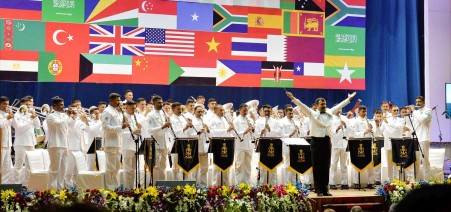 Previous Article
Previous Article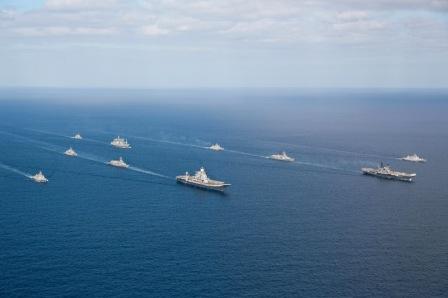 Next Article
Next Article
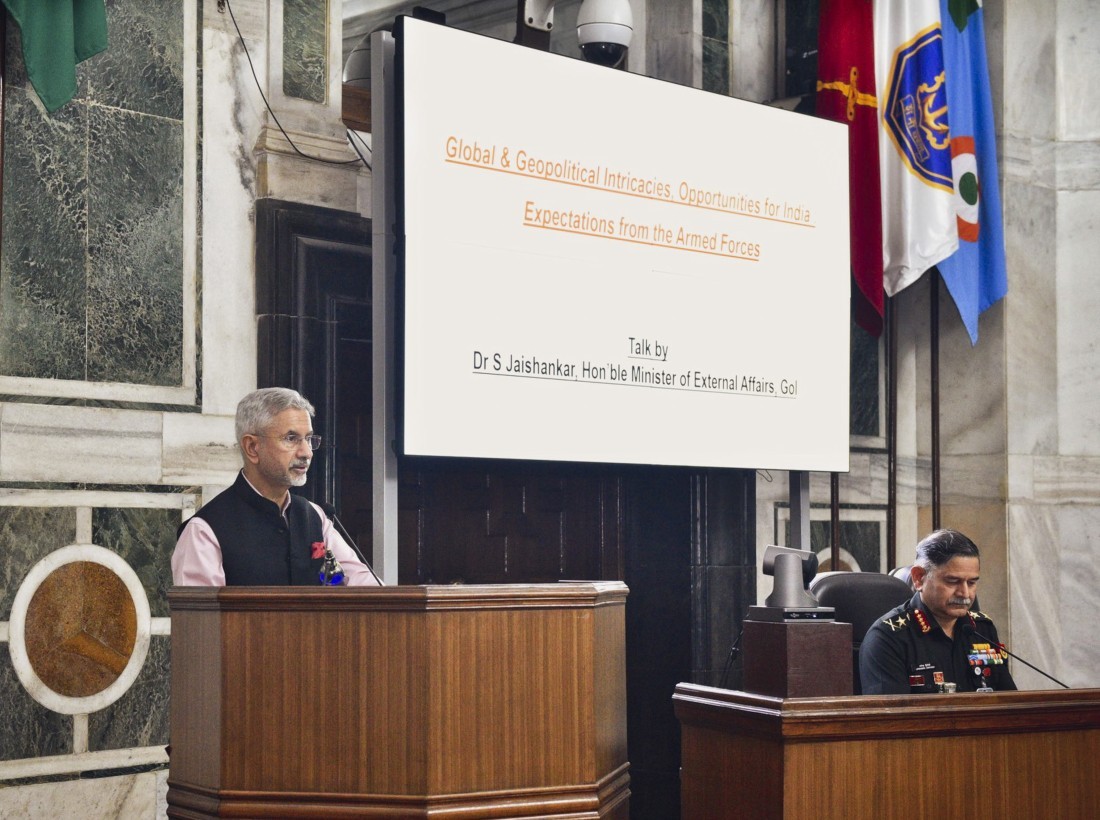
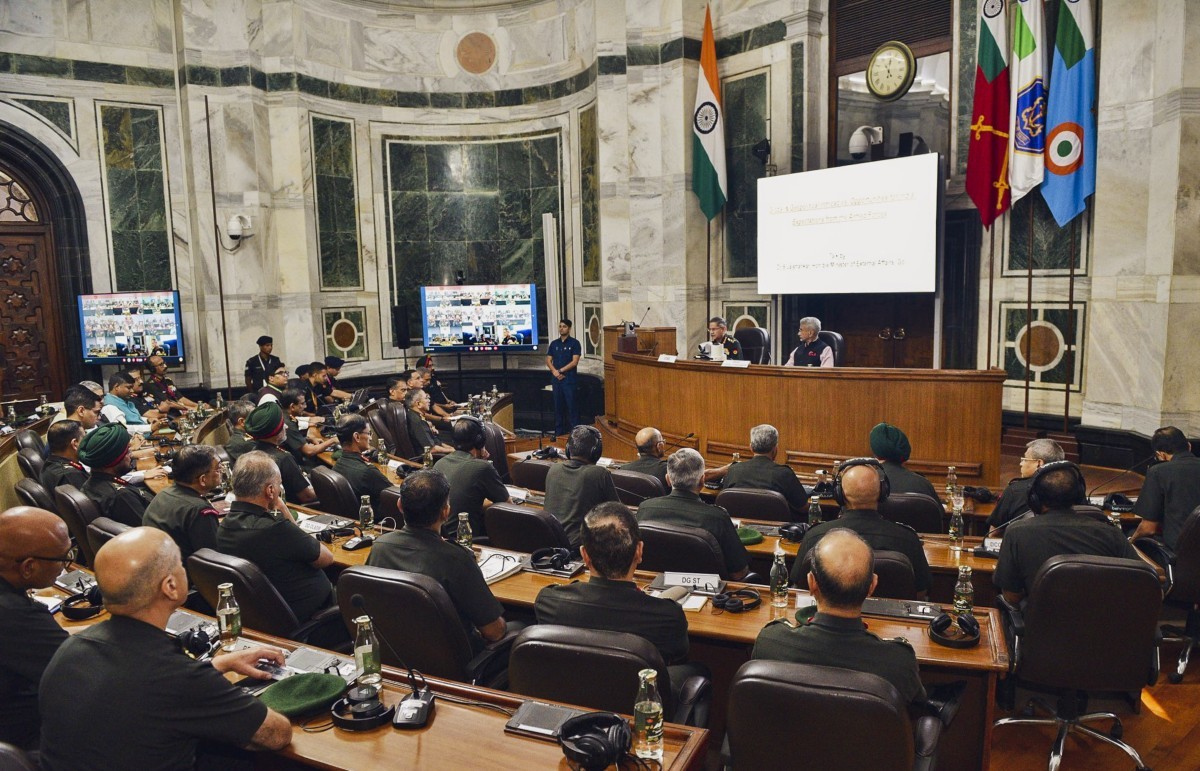
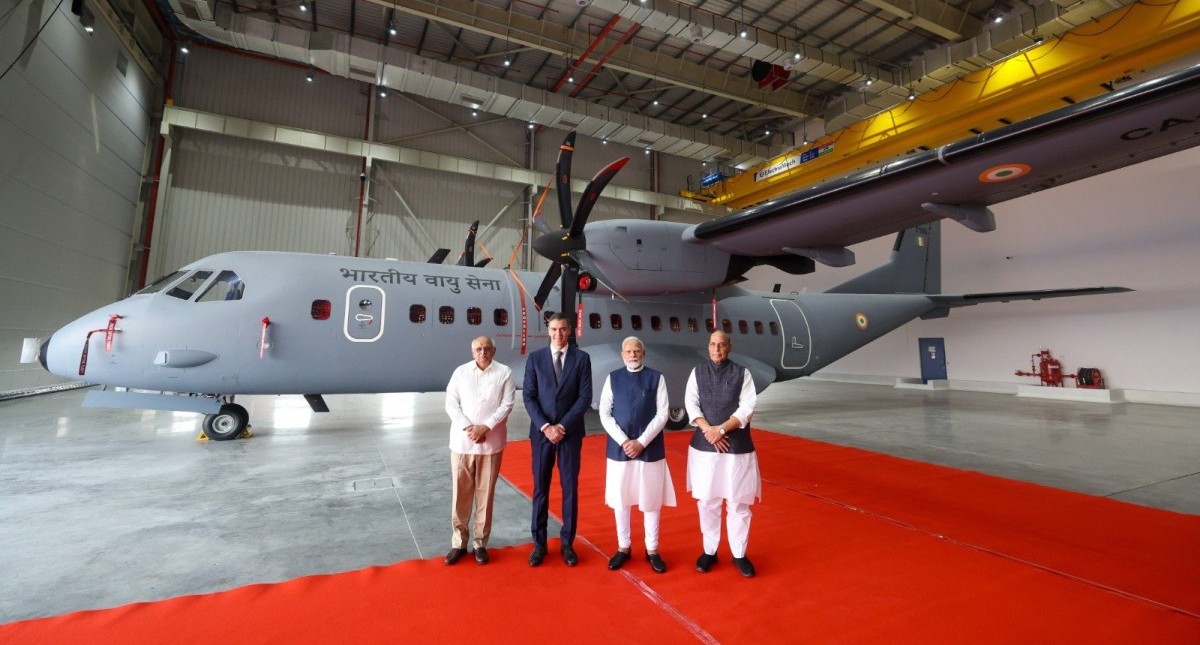

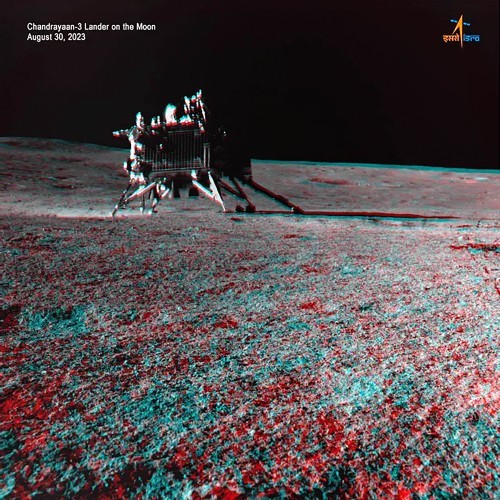
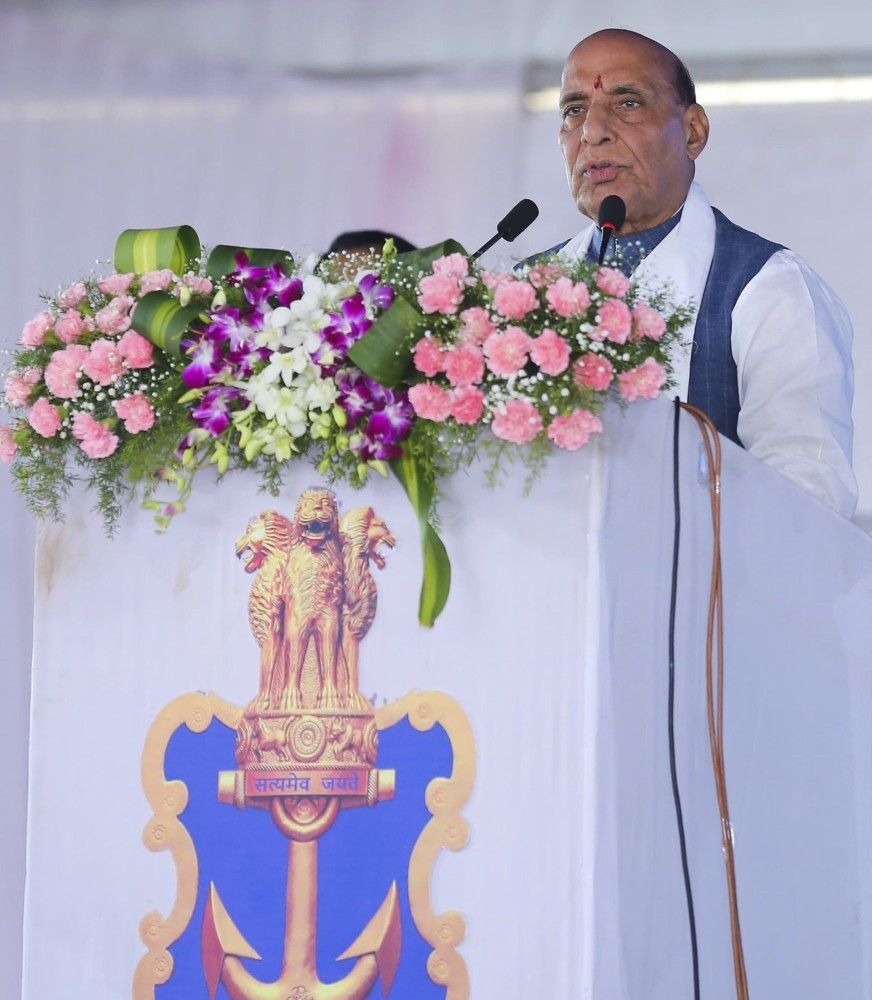






The Indian Air Force, in its flight trials evaluation report submitted before the Defence Ministry l..
view articleAn insight into the Medium Multi-Role Combat Aircraft competition...
view articleSky enthusiasts can now spot the International Space Station (ISS) commanded by Indian-American astr..
view article